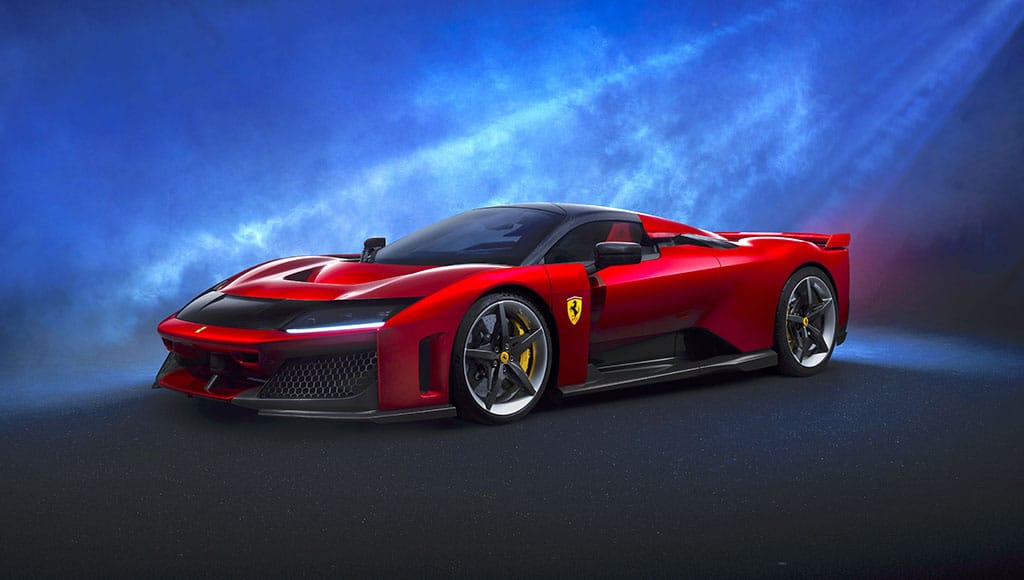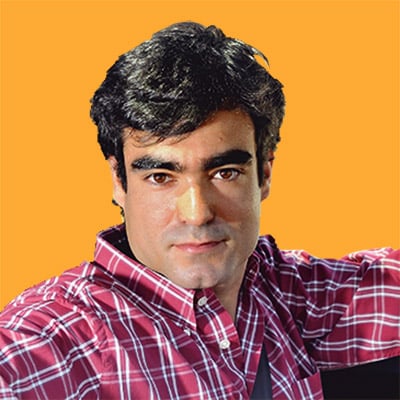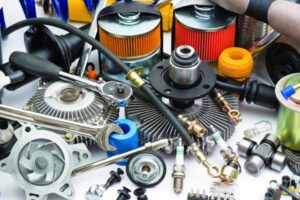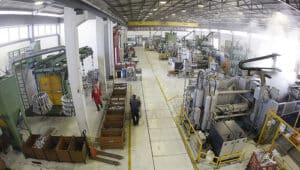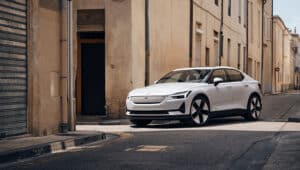Some cars are born to be legends. Say hello to the F80, created to celebrate the 80 years of Ferrari in 2027
For most people, a car is a tool that takes them from point A to point B. If it looks good, is efficient, reliable and has a comfortable, techy cabin, the better. But, let’s be honest, the relevance of the car for a large part of the population derives from the fact that it is, usually, the second biggest purchase they make, after a house. That’s it.

The car is important – even if ‘just’ for objective, rational reasons. However, the car is also much more than that for some of us. For some of us, the car is an object of desire. A passion, sometimes even an all-consuming obsession.
For the petrolhead then, some cars are sacred. Cars that live permanently in our imagination, our dreams. One of those collection of cars is the so-called Ferrari Big-Five – the five most extreme cars ever produced in Maranello in the modern era. The ones which, above all others, have to keep Ferrari’s aura alive and showcase the Prancing Horse’s engineering prowess, as well as its uniqueness.
It all began in 1984 with the 288 GTO, a homologation special developed to race under the FIA Group B regulations. Although that eventually never happened, the 288 became one of the most wanted Ferraris in history and, for many, the most beautiful mid-engined model ever made. The GTO had a 2.8 litre turbocharged V8 putting out 400 horsepower, with a kerb weight of only 1.159 kg. 272 units were built, the last one a gift from Enzo Ferrari to Niki Lauda.
Il Commendatore felt there was unleashed potential in the GTO and ordered his engineers to take it a step further just three years on. The goal: to build the first road-legal car to go over 200 mph. And so, the mythical F40 was born. The most famous Ferrari of all is still one of the most thrilling driving machines ever made and most likely the one most Ferraristi put on top of their wish list. 1,315 were produced.
Then came the F50 in 1995, a manual, naturally aspirated V12 where the engine is a stress element of the car, just like in a Formula One. It was no faster than the F40 and so got a lot of bad press at the time, but the most glorious-sounding Ferrari of all time has overcome that to become one of the most collectable cars in the world. Maybe that is why each of the 349 made is worth around €4 million today.
In 2002, Ferrari honoured its founder with the Enzo, a technological tour-de-force designed by Ken Okuyama that still looks like a spaceship today. The V12 was now mated to a six-speed automated-manual gearbox and the 650 horsepower meant a new performance dimension for the brand.

Finally, the LaFerrari, launched in 2013, stretched the envelope further and introduced hybrid technology for the first time. The LaFerrari became the fastest Ferrari of all time with a combined output between the V12 engine and the electric motor of 986 horsepower.
When it came out, it was said around 50 people in the world had all five. That number must now be much higher. And the big news is Ferrari just announced the sixth instalment of the series, turning the Big-Five into the Big-Six.
It’s called the F80. It looks outrageous. It has the V6 Hybrid-Turbo engine from the 499P that won the 24 Hours of Le Mans in 2023 and 2024. The 3-litre unit produces an incredible peak power of 900 hp, making this the Ferrari engine with the highest specific power of all time (300 cv/l). The electric front axle (e-4WD) and rear motor (MGU-K) of the hybrid system add another 300 cv, for a total output of 1200 hp.
Commonalities with the World Endurance Championship car include the architecture, crankcase, layout and drive chains of the timing system, oil pump recovery circuit, bearings, injectors and GDI pumps. Wow! From Formula 1, the F80 inherits both the concept of the energy recovery systems MGU-K and MGU-Hs, as well as a roast of aerodynamic solutions.
Ferrari say they will make 799 units with deliveries starting in around one year from now. You must be invited to buy one and, to be on that list, you must have a very close relationship with the brand, meaning buying (almost) every new car that is launched. That’s the way of the Ferrari world. I don’t know if any are coming to Portugal (only two LaFerraris did; not even Cristiano Ronaldo is getting one) and it will cost something in the vicinity of €4 million, making it more than double the price when new of its predecessor.
That is irrelevant though. All were sold well before the official release of the model. And, in a few years’ time, all will be worth a lot more than they are now. May the sixth be as great as the previous five. And may I win the Euromillions soon.

